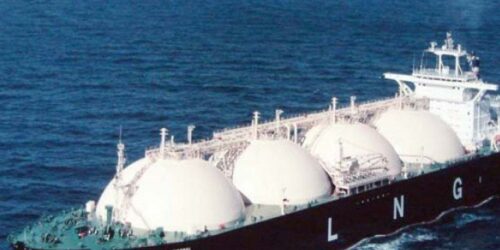The LNG spot rates are hovering around $16/mmbtu. The Pakistan LNG Limited (PLL) has received bids for October and November deliveries at an average of $19.92/mmbtu and $19.39/mmbtu, respectively. For context, the average LNG spot price for PLL cargoes in October and November last year was $5.38/mmbtu.
The PLL is yet to issue final evaluation report for the tenders floated for September 2021. It Is not clear whether PLL has received even one single bid for the five delivery windows for September at all. Recall that PLL had advertised for 5 cargoes for September back in June, with July closing. PSO is also reportedly waiting for the Board approval for the spot bids received for September. PSO has already reduced the spot cargoes to half, while maximizing long-term cargoes from 60 to 70, which is a telltale sign how the spot market is heating up.
The PSO’s existing long-term deal with Qatar at 13.37 percent of Brent slope is likely to yield delivered ex-ship LNG price of $9.8-10/mmbtu for September. Should oil prices stay around current rate, October LNG price would be around similar range. Now compare it with the bids that the PLL has received for October and November, and you know why it would be difficult finding buyers at that rate.
Should there be shortage of LNG, which cannot be ruled out, expect more power load shedding in September. October and November cargo bids received by PLL are priced higher than furnace oil and even high-speed diesel, purely in heating value terms. Furnace oil at PSO’s August rate of Rs97,747 per ton equals $15.36/mmbtu, whereas HSD is around $19//mmbtu.
The implications for power sector are not as straightforward. Assuming Pakistan decides to go ahead with LNG at the bids received for October and November – the weighted average price would land around $15/mmbtu. This would make furnace oil and LNG at par in terms of heating value. A number of furnace oil based IPPs would sit higher on merit order over some of the smaller LNG plants. Either way, the coming three months could see some of the highest monthly fuel charges for power generation.
And in case of no spot cargoes arranged for September, the LNG shortage would most certainly lead to power load shedding. Not all plants would be easily switched to furnace oil, in case of LNG shortage. There will be higher capacity charges too, when LNG plants run under capacity. Whichever way you look at it, brace yourselves for significantly higher power fuel charges or load shedding, or a combination of both. This is no one’s fault though, if you are looking to place the blame. That is just how crazy international gas prices are this season.







